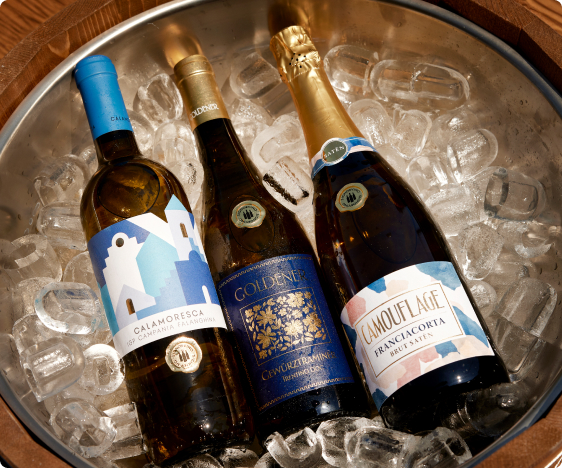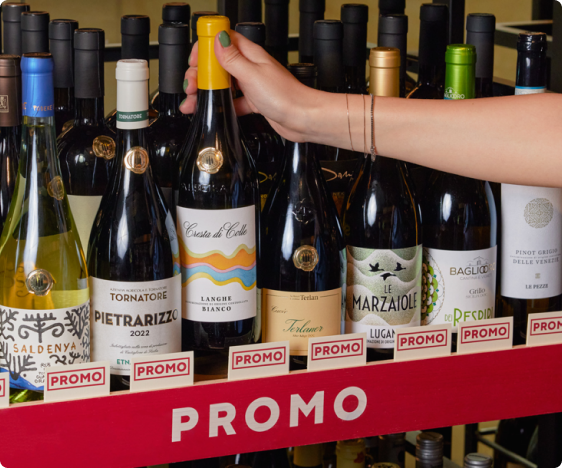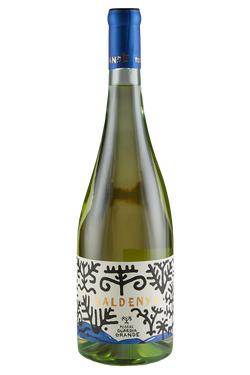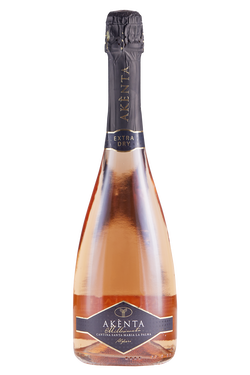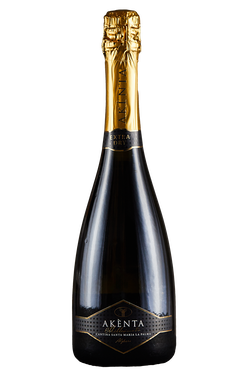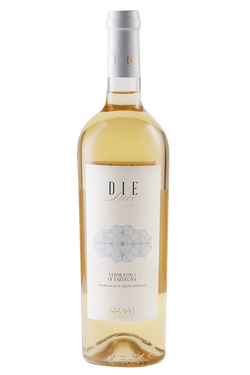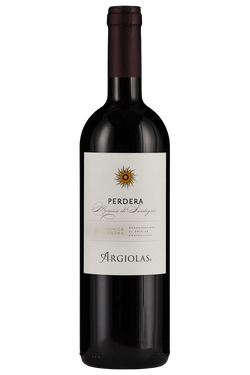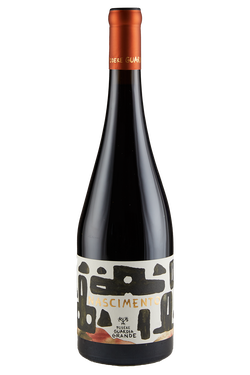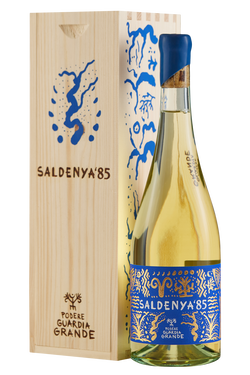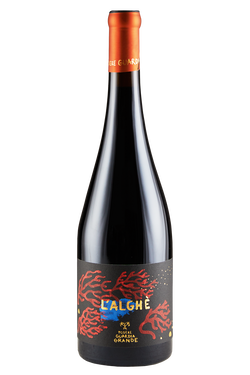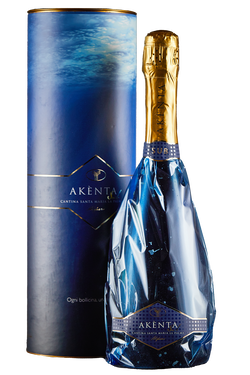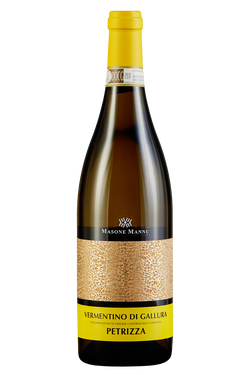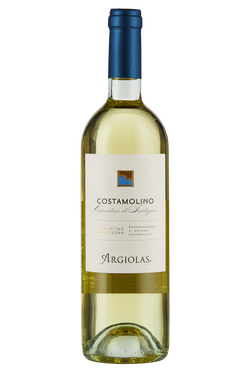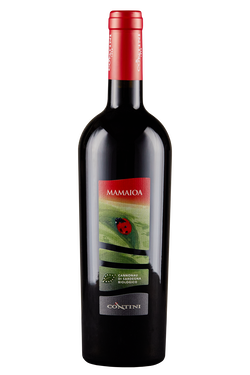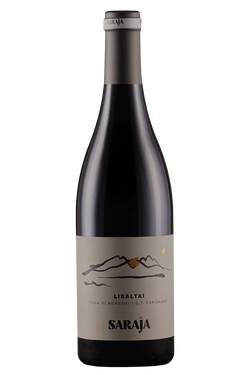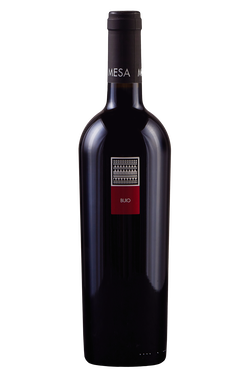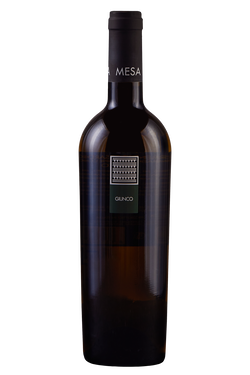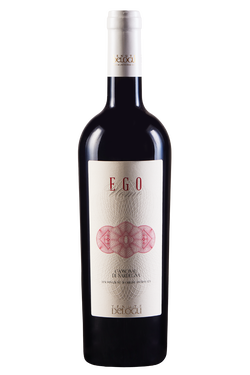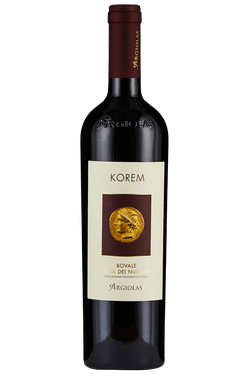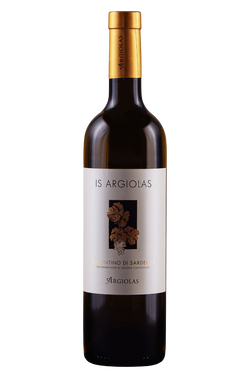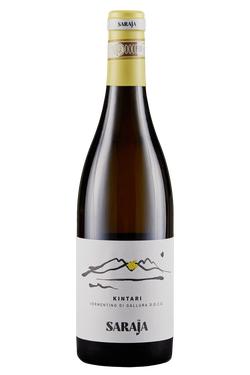- Wines >
- Sardinia
The history and viticulture of Sardinian wines
The origins of Sardinian wine are shrouded in myth, according to which the son of Apollo and the nymph Cyrene were the founders of Cagliari and Aristeo, and brought viticulture, agriculture and hunting to Sardinia. Back in the real world, for many years it was believed that vines and wine had been introduced in Sardinia by the Phoenicians or the Carthaginians, and that some of the most typical native Sardinian varieties, such as Cannonau, had been brought to the island during Spanish rule in the 15th and 16th centuries. The history of viticulture in Sardinia actually dates back to the Nuragic era, at least in the 15th century BC. After a long period of prosperous vine cultivation and grape harvesting, Sardinia would see the depopulation of the countryside following the fall of the Western Roman Empire (476 AD) and the barbarian invasions. This would lead to the long-term abandonment of agriculture, at least until the arrival of the Byzantines. It seems that it was thanks to the Basilian monks, who arrived in Sardinia to bring Christianity, that cultivation of the vine once more began to spread. It is thought that they even introduced new varieties for the production of sweet wines for Catholic mass, such as Malvasia and Moscato. The production of Sardinian wines grew during the Middle Ages, and again under Spanish domination, also thanks to a large trade network. Of the 80,000 hectares of vineyards that the region boasted in the 19th century, much less remained after the spread of phylloxera. Despite the very serious damage caused by the insect, the vineyards were slowly restored by grafting plants onto American vines, and Sardinian viticulture began to flourish once more. Today, Sardinian wine production continues on its path of growth and innovation, supported by a dense network of small and medium-sized growers, and aided by unique climatic and geological characteristics.
The variety of Sardinian wines
Together with olive groves, vineyards are an integral part of Sardinia’s landscape, fuelling a rich production of typical Sardinian red and white wines, of which there is one wine designated with ‘Denominazione di Origine Controllata e Garantita’ and 19 wines with ‘Denominazione di Origine Controllata’. There are about 150 native Sardinian grape varieties grown and widespread in their area of origin, including both white and black cultivars. The best known of Sardinia’s black grape varieties is certainly Cannonau, although the white Vermentino variety is also widely appreciated. A white grape variety, Vermentino is widespread throughout the island, and forms the basis for Vermentino di Sardegna DOC, a wine with a pale straw yellow colour, a delicate nose and a fresh palate with a bitter aftertaste. The only DOCG wine in Sardinia, Vermentino di Gallura DOCG, is produced exclusively in the province of Sassari. A wine with a good body and excellent structure, Vermentino di Gallura displays an intense nose and a dry to sweet flavour, which intensifies with barrel ageing. Among the other Sardinian DOC wines, it is important to mention at least Vernaccia di Oristano DOC, produced in the homonymous province, showing a warm colour and intense aroma, offering hints of dried fruit. Other Sardinian DOC red wines include Monica di Sardegna, produced throughout the region, and Carignano del Sulcis, from the province of Cagliari. Furthermore, like Italy’s other major island, Sicily, Sardinia lends itself to the production of sweet wines, thanks to its warm climate and physical geography. A curiosity about Sardinian wines is that they might even be an elixir of long life. It has in fact been suggested that the well-known longevity of the Sardinian people may at least be partially due to the high concentration of resveratrol in Sardinian wines. This natural antioxidant is found in, among other things, grape skins, and Sardinian red wines display particularly high levels.
Cannonau: the Mediterranean’s oldest wine comes from Sardinia
Cannonau is undoubtedly Sardinia’s most typical red wine, as well as its most famous DOC wine. Cannonau di Sardegna DOC wines can be vinified as monovarietals, or with a maximum of 10% of grapes from black grape varieties recommended or authorized in the Sardinian region. There are different types of Cannonau di Sardegna: the red or rosé version. The Riserva requires ageing for a minimum of two years, at least six months of which in oak or chestnut barrels. The fortified version, on the other hand, envisages a dry Cannonau and a sweet Cannonau, in which the alcohol content rises to 18% ABV due to a higher sugar concentration. In the region of Sardinia, cultivation of the variety of the same name occupies about 7,500 hectares (about 30% of Sardinia’s total area under vine), concentrated mainly in the province of Nuoro. The variety does not give particularly high yields, estimated at around 8,000 kg per hectare. Cannonau di Sardegna shows good structure and sensations on the nose and palate reminiscent of flowers and red berry fruit, with spicier notes in the case of the Riserva or fortified types. An interesting fact about Cannonau is that, according to an archaeological and archaeobotanical study by the University of Cagliari, it is the Mediterranean’s oldest grape variety. Thanks to advanced analyses carried out on charred grape seeds found in Sardinia, the researchers were in fact able to establish that these grape remains can be dated back to 1200 BC. In particular, the seeds found in the Cabras area, at the Nuragic site of Sa Osa, belonged to a promiscuous variety, halfway between a wild vine and Cannonau, widespread in the area about 3,200 years ago.
Pairing food with Sardinian wines
Although they all share a strong Sardinian soul, the wines of Sardinia can also differ widely. Whatever the occasion, and whatever the flavour of your dish, there is always a Sardinian red, white, rosé or sweet wine to be paired with it. For example, Vernaccia, which became Sardinia’s first DOC wine in 1971, is particularly suitable as an aperitif or dessert wine, but also goes excellently with fish-based dishes, or with typical Sardinian dishes such as malloreddus alla Campidanese or zuppa gallurese. Cannonau, on the other hand, is perfect as an everyday wine, and goes well with pasta and rice dishes based on meat, but also with cheeses, especially if mature, and with grilled red meats and game. Sardinia’s only DOCG wine, Vermentino di Gallura, adapts to various pairings thanks to its characteristic delicate style. Perfect with fish-based dishes, especially appetizers, it can also happily accompany white meats or vegetables, especially grilled. Sardinia also offers fine wines for special occasions, such as Isola dei Nuraghi IGT, which go perfectly with elegant dishes based on fine cuts of red meat, with Sardinian pecorino cheese, or with dishes based on truffles.
